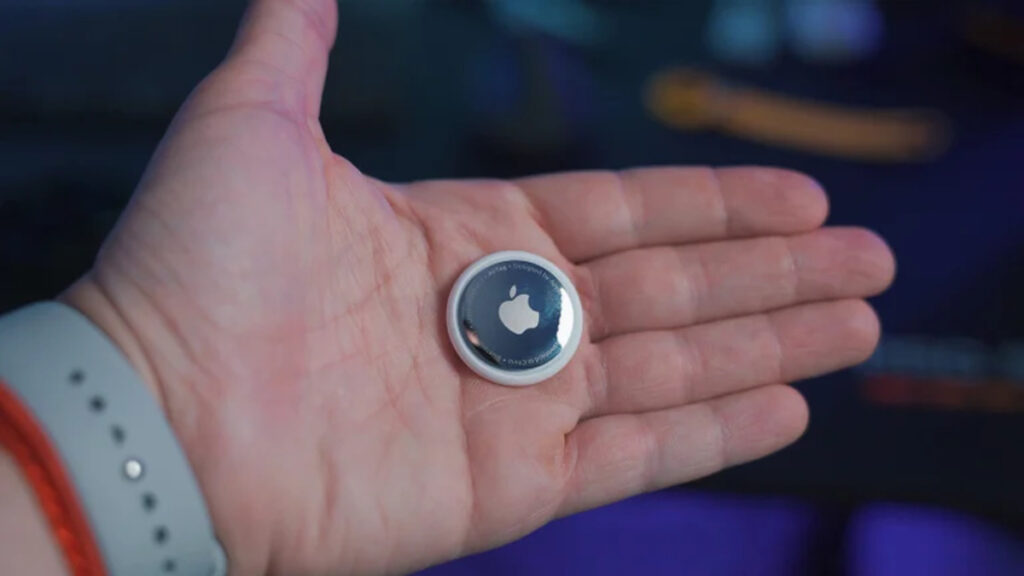In an era where venturing into North Korea and maintaining communication with its citizens is nearly impossible for the average person, a curious YouTuber decided to embark on a bold experiment. His mission? To test whether he could successfully send a package into this enigmatic nation and track its journey at every turn. What unfolded was an intriguing saga filled with AirTags, unexpected mishaps, and unforeseen twists.
The Experiment: Dispatching a Package to North Korea
MegaLag, a YouTuber from Germany, had no intention of entering North Korea himself. Instead, he was captivated by the challenge of whether he could send a package to the country and trace its route. The big questions on his mind: Would it even arrive? How would it get there? As part of this experiment, he dispatched a package to the German embassy in Pyongyang, the North Korean capital, tucking an AirTag—a location-tracking device from Apple—inside, and sent it via DHL from Düsseldorf.
The real thrill of the experiment lay not just in sending the package, but in monitoring its evolution in real time. Would this delivery reach its ultimate goal, or would it encounter a series of unforeseen obstacles?
The Package Stalls: A Month of Anticipation
MegaLag quickly discovered that, unlike standard deliveries, his package wasn’t making much progress. For an entire month, the AirTag showed the package languishing in a DHL warehouse in Frankfurt. Rather than waiting idly, MegaLag reached out to DHL, prompting them to launch an investigation; however, they cautioned that resolving the issue could take up to two months. Instead of sitting back, MegaLag decided to send a second package to North Korea, complete with another AirTag, in hopes of a swifter outcome.
Multiple Packages, Unexpected Outcomes
This second attempt didn’t fare much better. This time he targeted a North Korean government film commission with his package, but it too was misrouted, ending up in Seoul, South Korea, where it was ultimately declared lost. In a twist of fate, his first package had traveled all the way to Beijing, still far from its intended destination.
Undeterred, MegaLag sent a third package, only for it to also go astray—this one making its way back to South Korea before being returned to Germany, never to reach MegaLag. Through these tribulations, DHL revealed that Pyongyang had been refusing all foreign packages due to COVID-19 restrictions, a fact they only disclosed after his experiment commenced.
AirTags Triumph Where DHL Fails
Despite facing numerous challenges, one clear takeaway emerged: AirTags proved to be reliable. While DHL branded the packages as lost, the AirTag enabled MegaLag to monitor their whereabouts and movements—providing clarity even when they were officially marked “missing.” It became evident that getting a package into North Korea was close to impossible, but AirTags emerged as a potent tracking solution amidst the unpredictability.
Though MegaLag didn’t achieve his primary goal, his experiment yielded vital insights into the complexities of sending parcels to a nation like North Korea and showcased the transformative potential of tracking technology. Ultimately, the journey itself took center stage, revealing the twists and turns along the way and highlighting the remarkable capabilities of modern technology in an uncertain landscape.







